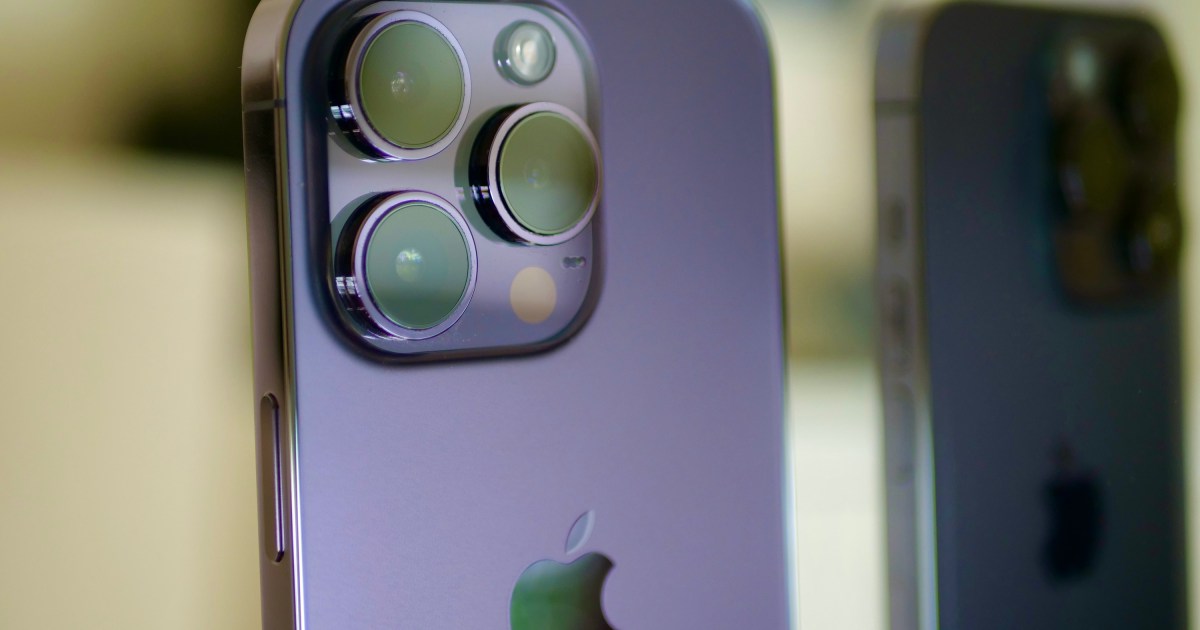Before the iPhone 15 Pro launched, a lot of people suspected Apple would ditch its physical buttons in lieu of haptic feedback buttons. As we now know, that didn’t happen, nor did any of the iPhone 16 lineup receive this feature. Now, a video of an iPhone 14 Pro prototype has surfaced that shows a working haptic volume and power button — so why didn’t it release?
An anonymous source told Android Headlines that Apple isn’t yet ready to add the feature into its existing lineup. Haptic controls — supposedly code=named internally as “Bongo” — have been in development for quite some time, even before the launch of the iPhone 13 series. The prototype iPhone 14 is said to have been built in May 2021, and though it does have some interesting features, it isn’t fully functional.
The prototype device is named “Vesica Piscis” due to the shape on its back panel. The logo is that of two circles intersecting, creating a Venn Diagram-like structure that is often associated with the idea of creation.
When we said the prototype wasn’t completely finished, it’s because many of the internal components are missing. The screen lacks a logic board, the cameras are just hunks of metal and so on. The volume button is where the difference is most readily seen. Rather than a volume rocker, there’s a single button that utilizes haptic feedback to control the volume. Only a few ribbon cables connect the button to the internal logic board, and it isn’t totally clear what their purpose is.
A few months back, an iPhone 15 prototype leaked that displayed similar functionality, and the Huawei Mate 30 Pro touted virtual buttons as one of its main features when it was released several years ago. The buttons weren’t well-received, however. For its successor, Huawei brought back a physical button ,but kept a virtual volume button on the screen.
While there’s no word on when — or even if — haptic feedback will come to the iPhone, this prototype is a good sign. With any luck, it might be offered on next year’s iPhone 17, but don’t be surprised if Apple still hasn’t settled on how to implement it.


